Opinion: Diversity in the Media is Something We Need to Keep Seeing
Female news anchors from networks MSNBC, CNN, CBS, and NBC (L-R; top: Kaitlen Collins, Gayle King, Rachel Maddow, Abby Phillip, Hallie Jackson. bottom: Robin Roberts, Hoda Kotb, Joy Reid, Savannah Guthrie, Kristen Welker)
Representation is a tricky thing. Throughout American history, it was apparent that white, straight, men were the ideal candidates for our television screens. Now, things are different. Women of all races, sexualities, and backgrounds are shrinking the gap between male and female journalists on our news channels.
News networks like CNN, FOX, MSNBC, ABC, and countless others covered the 2020 presidential election and reporters were working around the clock to provide reliable information and predictions to the public. While watching, the number of female anchors and reporters stood out to me.
As both a female and a journalist, seeing women in positions of power in the news coverage is motivational. This is a reason why we need more representation on television. Like myself, many others are watching the news channels, and the more diverse it is the farther representation spans.
In the past couple of years, women have been taking more and more major positions in television broadcasting. According to the Associated Press in 2019, men and women are pretty evenly split in MSNBC and CNN, while others have a wider gap in companies like FOX with women representing 30% of the staff. Many newspapers like the New York Times and The Washington Post are similar to FOX News in the sense their male staff significantly outnumber their female staff.
These statistics are especially interesting because even with the gender gap in many news broadcasting companies, the amount of on-screen female anchors is noticeable. For example, on The Today Show, Savannah Guthrie and Hoda Kotb are the first female anchor duo to lead the show.
“When you click with someone, man, woman, it doesn’t matter. If it works, it works,” Kotb told People magazine about working with Guthrie. “We’re sort of like sisters.”
Kotb and Guthrie are two of many groundbreaking women in our media. On other morning news shows like Good Morning America with Robin Roberts and CBS: This Morning with Gayle King, both African American women go live on television to bring the morning news to America.
MSNBC correspondent and tv host Joy Reid recently received a primetime slot for her new show The ReidOut a couple of months ago.
“I’m honored and thankful for this opportunity,” Reid said. “I’ll always be proud of the work we did on ‘AM Joy’ by pushing the envelope and tackling pragmatic conversations. I’m eager to carry that same energy into the 7 p.m. hour where we can continue to build on bringing in diverse, smart, and accomplished voices to the table on topics that are important to our viewers.”
There are a significant amount of female White House Correspondents behind the camera as well. Kristen Welker and Hallie Jackson are currently correspondents for NBC News, Jackson being NBC’s Chief correspondent.
“Yes, you’re sleeping four hours a night, and you can’t run the risk of putting your phone down,” Jackson said in an NBC interview on being the network’s chief white house correspondent in the midst of the 2020 presidential election. “It is 100 percent exhausting but it’s also exhilarating. It is an opportunity to witness this extraordinary moment in history. I know that sounds so cheesy. But it’s real.”
As a previous White House correspondent in 2017, Kaitlen Collins was banned from an event with President Trump for asking inappropriate questions.
“They said that the questions I asked were inappropriate for that venue. And they said I was shouting,” Collins said on CNN days after. Collins’ ban was heavily discussed by both left and right media platforms and she received support from her fellow CNN news anchor Jake Tapper.
Throughout America’s history, there have been very few female moderators for national debates. Only recently have more women been invited to moderate without the inclusion of a male moderator. For the 2016 presidential election, Gwen Ifill and Judy Woodruff made history becoming the first women to moderate a debate without the assistance of a male moderator. This situation is similar to that of the 2020 democratic debate where 4 women moderated: Rachel Maddow, Kristen Welker, Andrea Mitchell, and Ashley Parker, all of whom are seasoned journalists in their respective networks.
MSNBC news anchor Rachel Maddow made history being the first openly gay host of a primetime news program in the United States with The Rachel Maddow Show.
“Getting a show on the air, even all these years in, is like merging onto the freeway at 80 miles an hour at night in a rainstorm with no headlights and no windshield wipers and a bunch of semi-trucks coming up right behind me,” Maddow said in an interview with The Guardian, “Somebody telling me that they don’t like the color of my car? I am not focusing on you! I’ve got a job to do here.”
Welker, along with co-modering the national democratic debates, was the sole moderator for the last 2020 presidential debate and received praise from both candidates on her job. On The Today Show Welker talked about her experience moderating such an important debate.
“I’d been envisioning that moment for weeks and weeks and weeks and I thought if I could just breathe and talk, I’d get through the whole night,” she said a couple of days after.
CNN reporter and correspondent Abby Phillip also co-moderated a democratic debate in the beginning of the year, but she also was a significant part of the 2020 election coverage. Alongside Jake Tapper and Dana Bash, Phillip and Bash outnumbered their male co-worker two to one in a truly refreshing sight.
To see more female anchors than men on television makes me believe that times are changing and that they are changing for the better in America.
The number of women I see on the news is only a fraction of the women behind the scenes working as political analysts and journalists, and while there are many now, there can always be more. Improvements in society can come from anywhere and everywhere whether it be the media, sports, politics, or Hollywood, but there is always more work to be done.
I believe that it is important for everyone to have representation in America. It’s important for little girls to watch tv and see an openly gay news anchor, a Muslim senator, a black vice-president, and be able to dream about having a career like their female role models.





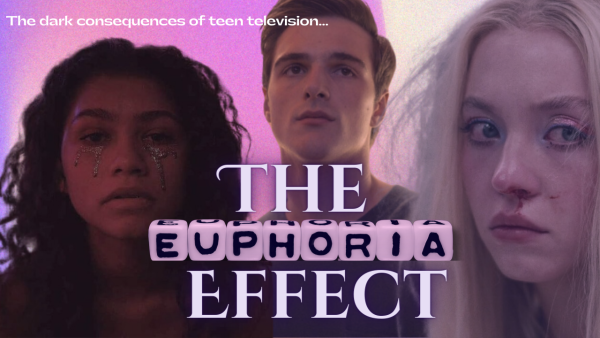
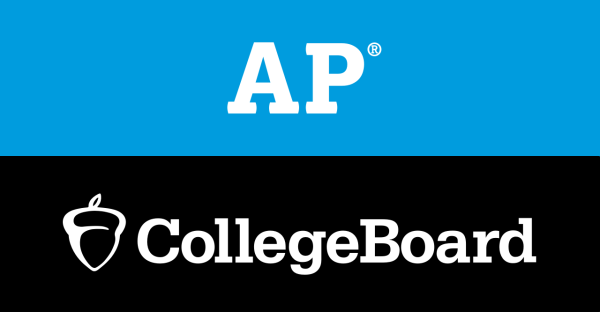
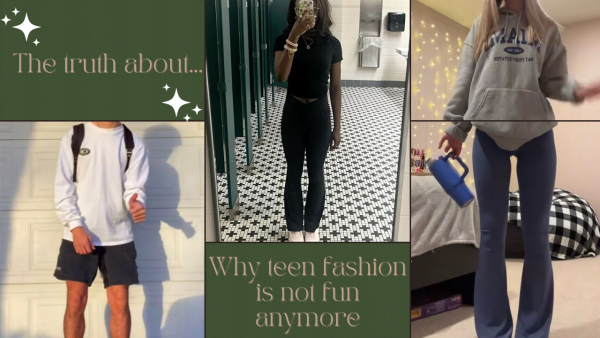
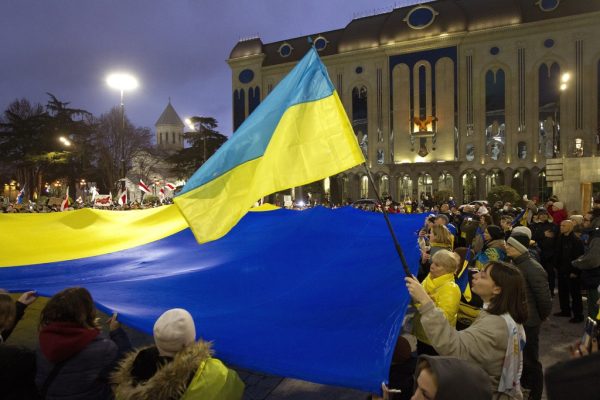
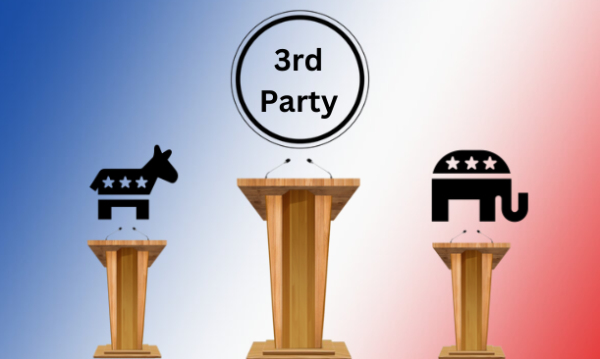
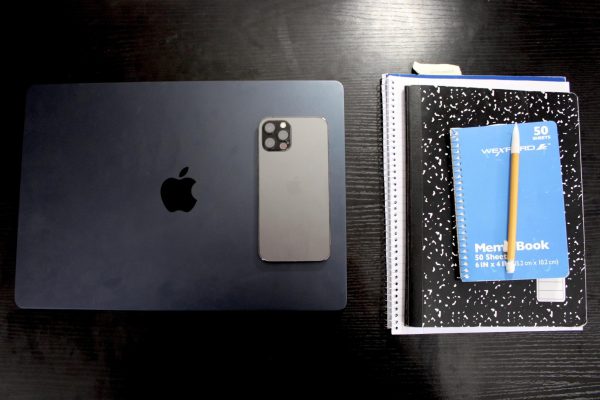
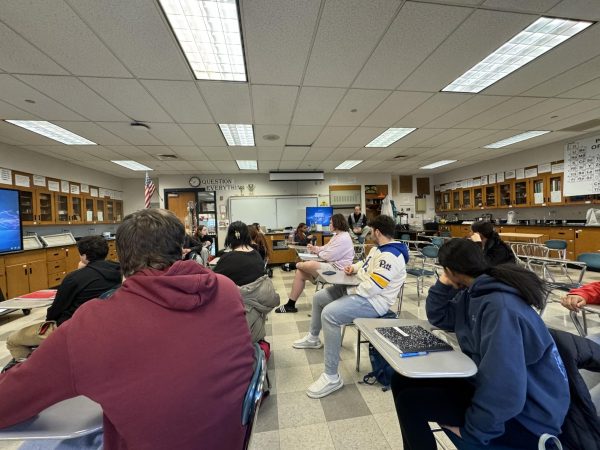
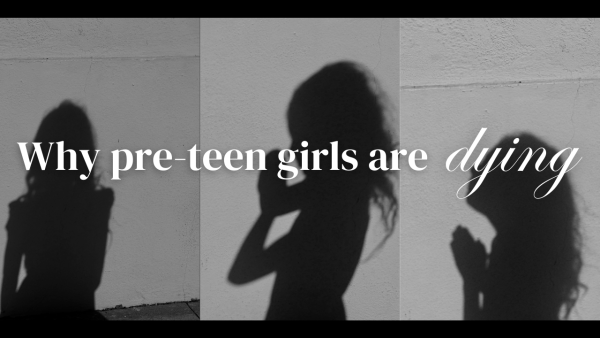
JONAH PORTER • Nov 18, 2021 at 11:42 pm
Not a single person on the screen is conservative, right-wing, or republican. Yes, the skin color might be different but the same overall viewpoints do not change. It leaves the viewers bored of watching the same show hour after hour. Just a different color person with the same opinion.